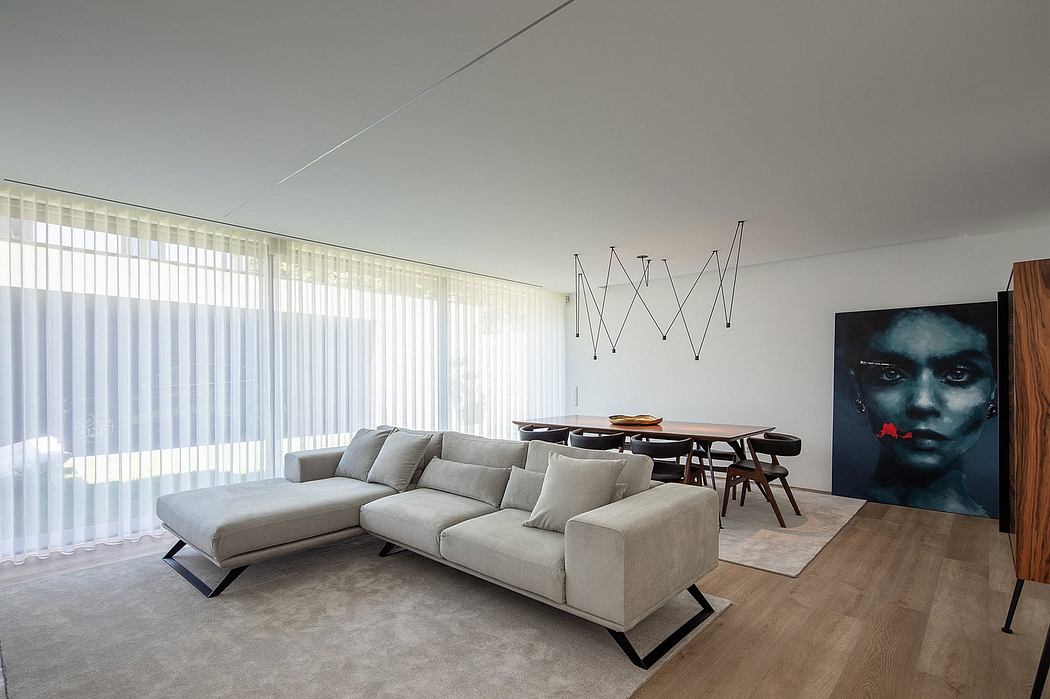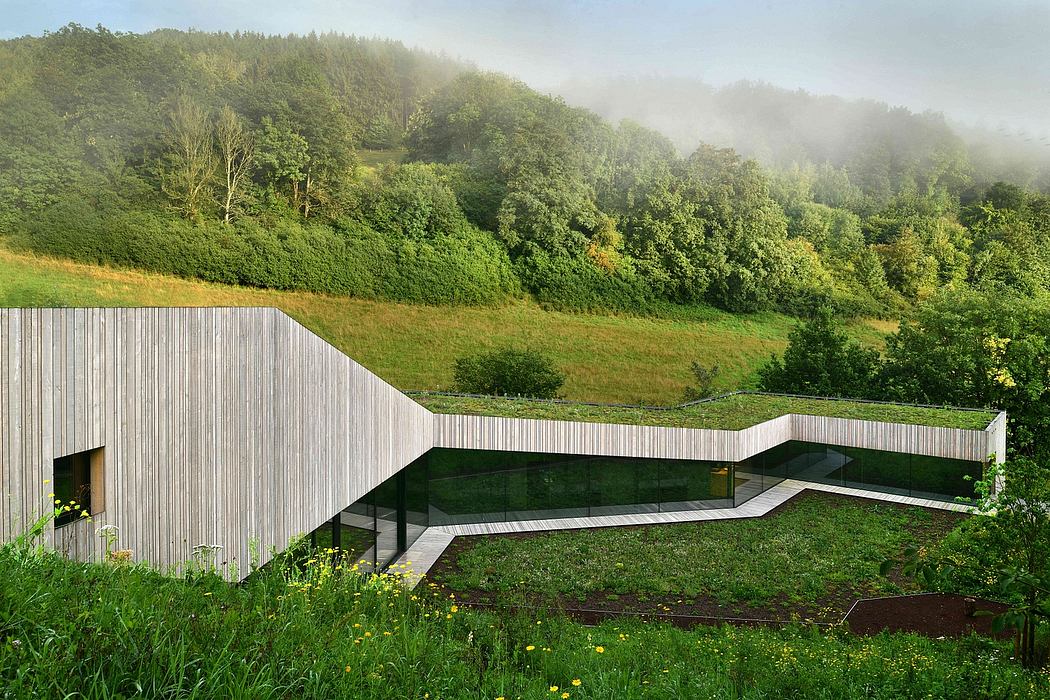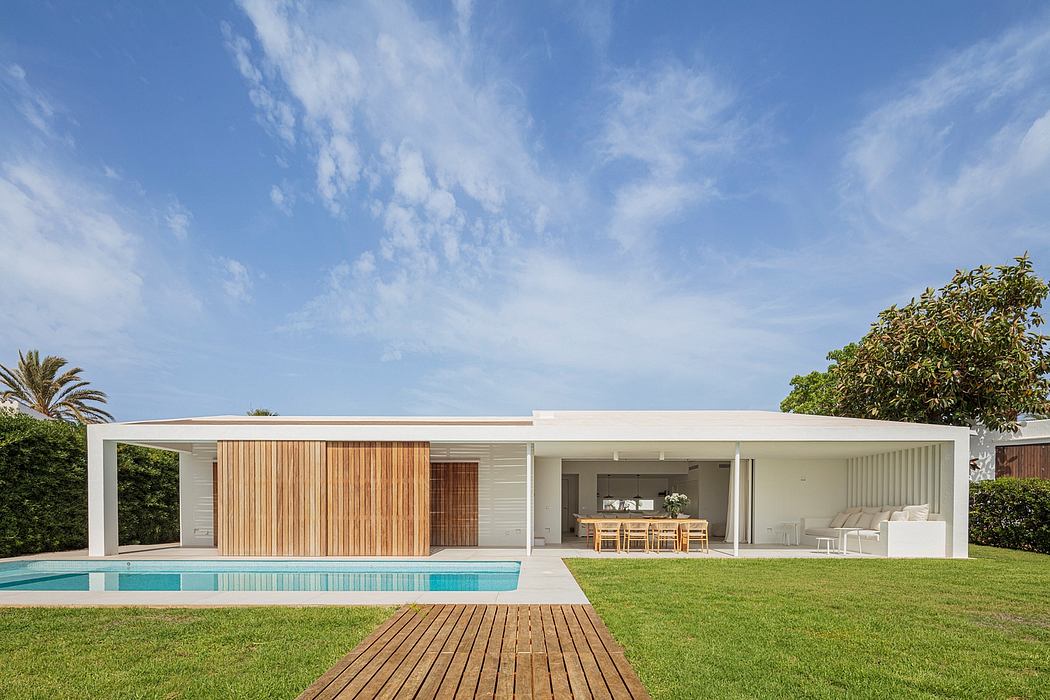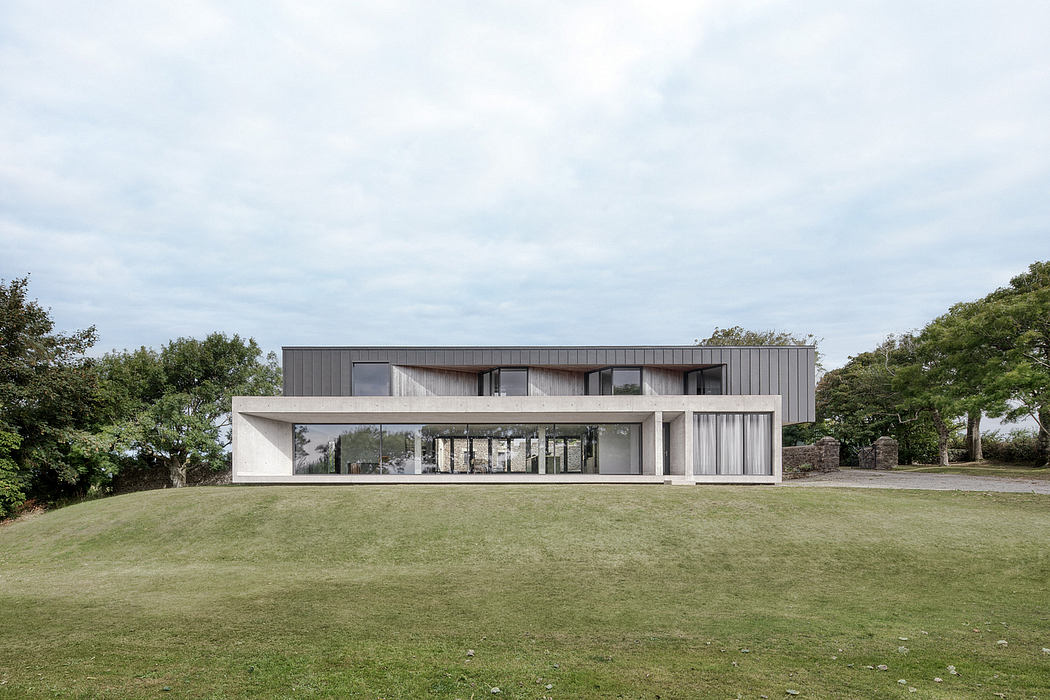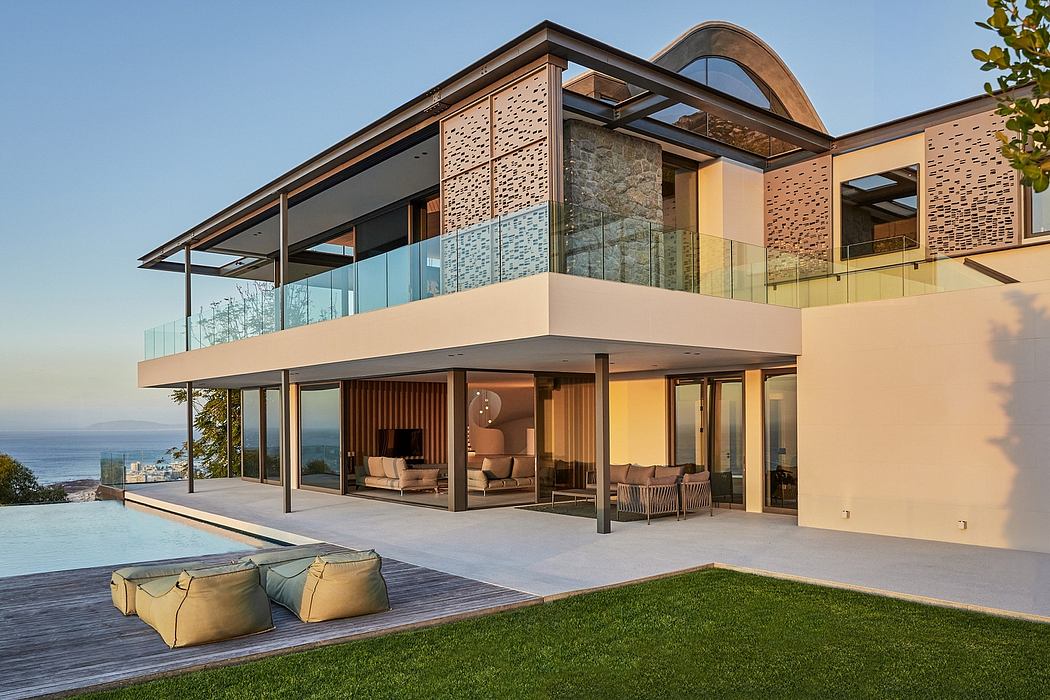A Modernist Reads About Lutyens

Sir Edwin Landseer Lutyens, the English architect who was born in 1869 and died in 1944, that is. Although a famous name, Lutyens was not an architect I had much familiarity with before I received a review copy of the first volume of The Architecture of Sir Edwin Lutyens. Flipping through it prompted me to do a little digging on Lutyens in other publications. Racking my brain, it seems my classmates and I learned very little about him in architecture school a few decades ago. As a traditionalist with buildings in Arts and Crafts, Edwardian, and neoclassical garb, Lutyens was far removed from the concerns of postmodernism, deconstructivism, and any other ?isms in vogue a half-century after his death. If we had heard his name, it was most likely in regards to what's referred to as Lutyens? Delhi in New Delhi, the British colonial capital in India that he laid out and designed buildings for between 1912 and 1931. The Beaux-Arts plan culminated in the Viceroy's House (now Rashtrapati Bhavan), the grandiose domed presidential residence, inaugurated in 1931, that is arguably his greatest building. Yet, when I dig into my library to find some mention of Lutyens, the few titles I can find emphasize his country houses rather than his work in India. The trusty Encyclopedia of 20th-Century Architecture (2004), for instance, devotes one short paragraph to New Delhi, it coming after a handful of paragraphs listing his many notable country houses. In her entry on Lutyens, ...
| -------------------------------- |
| Nikolas Bentel designs shirts that react to changes in pollution |
|
|





